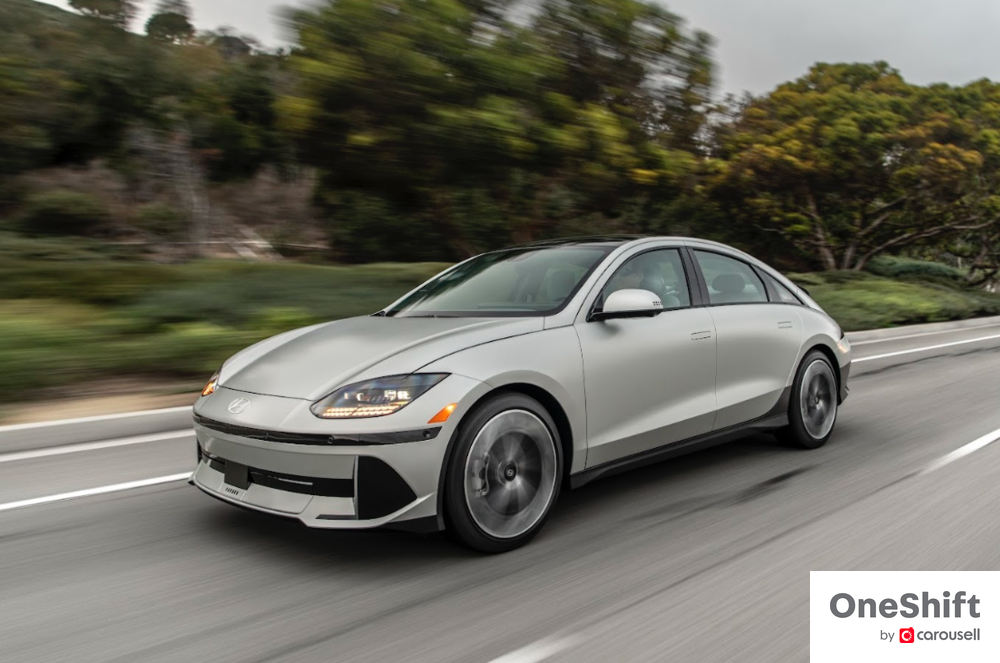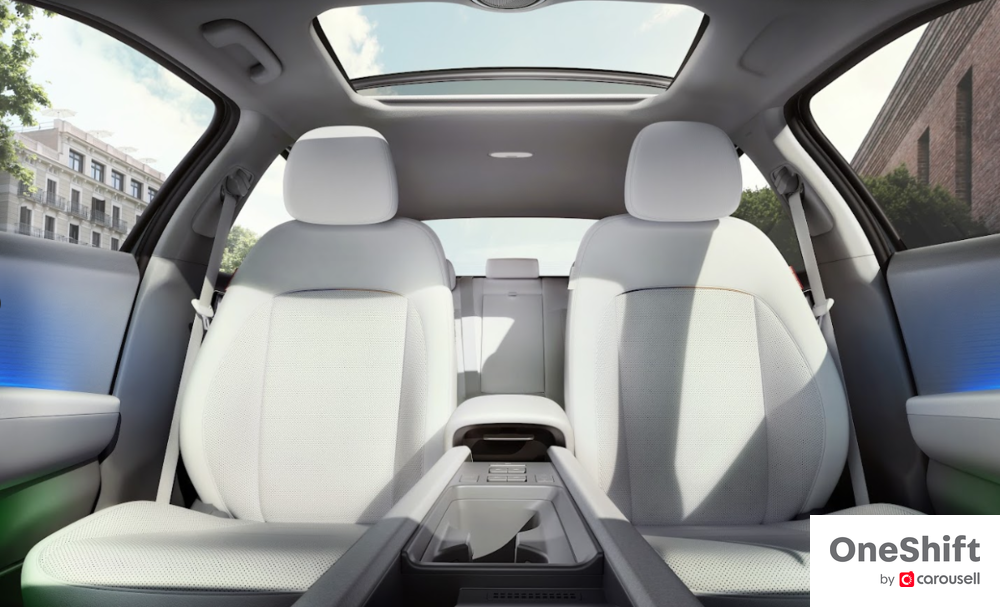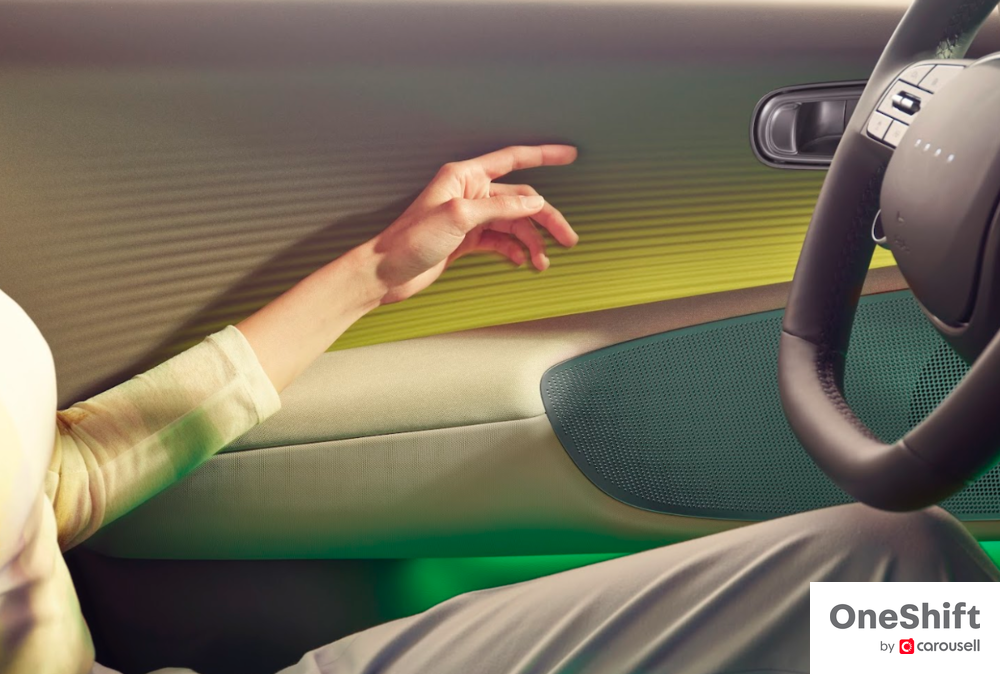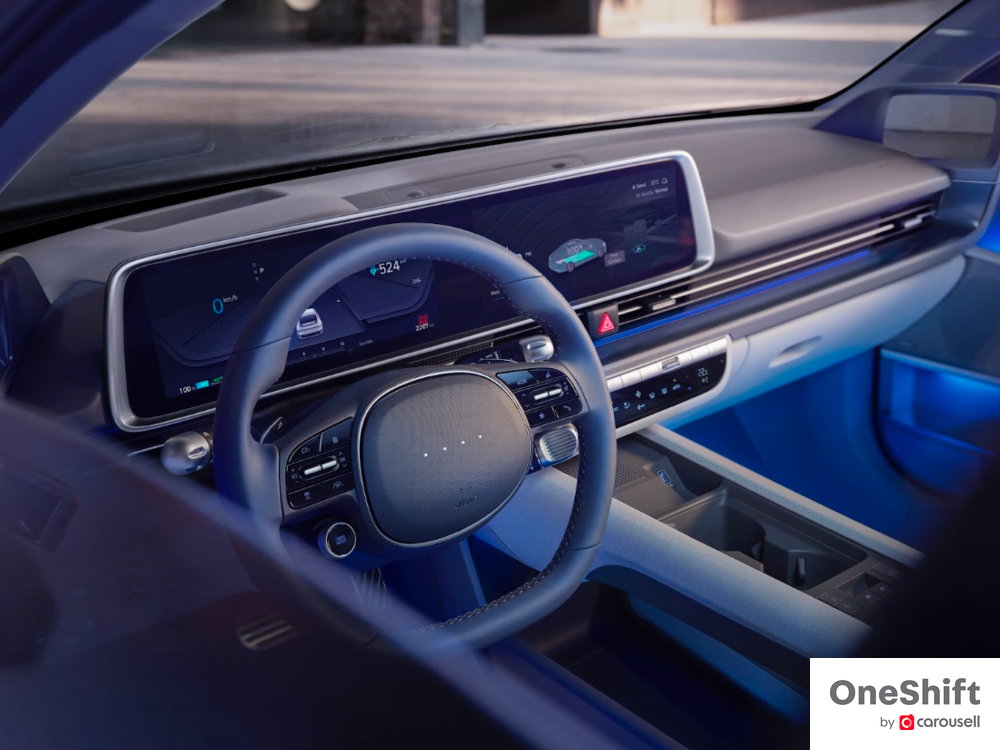Hyundai Launches Ioniq 6 In Singapore
Streamlined silhouette will be a refreshing sight in an ocean stocked with electrified SUVs.


The automotive world was in for a huge surprise when Hyundai debuted the Ioniq 6 to the world mid last year. A low slung 4-door sedan with a sloping roofline (Mercedes-Benz CLS-esque even, if we may) seemed like a massive gamble when tried-and-tested recipes favour crossovers and SUVs.
But dismissing its relevance sounds too far-fetched at such an early stage, especially in Singapore when the brand has already localised operations here and delivering locally-specced Ioniq 5s as a result. A recent development to ramp up mobile charging solutions serve to substantiate this claim.
Perhaps there’s no better time to launch the Ioniq 6 in Singapore, then. Even if you might have wondered what took Hyundai so long to launch it here, this year-long wait based on what’s promised in the specs sheet seems very much justified. Here’s five things we need to know about this “streamliner”.

Outstanding aerodynamics
It has a drag coefficient of 0.22 (0.02 less than the BMW i4), assisted by its low nose, active air flaps at the front and wheel gap reducers. It also has a wing-inspired spoiler with winglet, slight boat-tail structure and separation traps on both sides of the rear bumper. Underneath the car reveals a full cover of the undercarriage, optimised deflectors and reduced wheel-arch gap.

Optimised space on a flexible platform
The Ioniq 6 is based on E-GMP’s long wheelbase, which not only provides passenger and cargo room, but also optimises driving dynamics. E-GMP allows for dual motors, more interior space and increased performance, and are already deployed on the Kia EV6 and Ioniq 5. Expect to see a similar application even on the large Kia EV9 hauler, which further emphasises this platform’s flexibility.

Mean green machine
Ioniq 6’s interior is trimmed in sustainable materials and colours. They include eco-process leather (seats), recycled Polyethylene Terephthalate (PET) fabric (seats), bio–Thermoplastic Polyolefin (TPO) skin (dashboard), bio-PET fabric (headliner), bio-paint derived from vegetable oils (doors), and a Hyundai-first: recycled fishing net (carpet).

All in for local market
A dual-motor setup powering both front and rear axles (other markets have a RWD option) gather a maximum of 325bhp and 605 Nm of torque. That’ll bring it to 100km/h from standstill in 5.1 seconds. A 77.4 kWh battery is fitted and it’s good for a claimed range of 519km. Singapore-specced cars will come with 20-inch Pirelli rubbers.

Cutting-edge battery tech
With an industry-leading 800V infrastructure on this E-GMP platform, it makes light work of charging - only 18 minutes is required from a 350kW DC charger, although we know by now that optimum rates are seldom achieved - it takes two to tango and Hyundai shouldn’t be blamed. Slightly over an hour charges the 6 via a 50kW DC charger, and more than seven hours will be sufficient to juice it up with an 11 kW home AC charger.
---
Selling your car? Whatever the reason, caryousell@carousell, sell your car at the highest price today.


Get the Best Price for your used car
from 500+ dealers in 24 hours

- Convenient and Hassle-Free
- Consumer Protection
Transparent Process
With No Obligation








